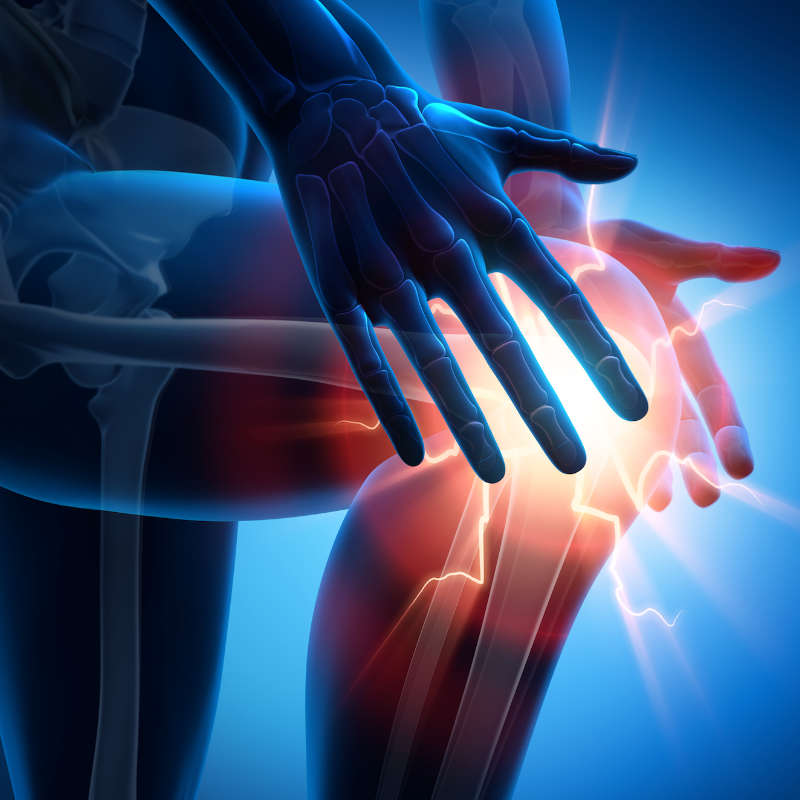Knee Joint Arthritis Symptoms
There are many knee joint arthritis symptoms. Most patients will describe symptoms that are clearly referred to the knee area. Many patients will complain of pain on the outer hip which is compensatory iliotibial band sensitivity.
Pain that is centred over the front of the knee aggravated by change in posture such as coming down stairs and rising from a kneeling position usually indicates patellofemoral wear. This is referred to as Chondromalacia .
Chondromalacia
Classically it is associated with perception of grittiness behind the kneecap possibly accompanied by a feeling that the knee will lock or give way. It is provoked by repetitive high-impact such as using a treadmill, running on a hard surface etc. Kneeling and squatting will aggravate the condition. Therefore exercises such as lunges, Pilates or yoga can be an aggravating factor.
Jumper’s knee
Pain directly below the knee joint can be in the midline due to overuse such as Jumper’s knee (patellar tendinopathy). It can also be on the inside of the knee representing mechanical stress
loading or on the outside of the knee where frequently it represents iliotibial band compensation. Less common is a lateral meniscal tear.
Cartilage Injury
Knee joint line tenderness usually implies a possible meniscal tear particularly if there has been a twisting episode. This is often described as a “cartilage injury”. There are 2 wedge based menisci both on the inside and outside of the knee. They can tear in different patterns. As we age, we may develop degenerative tears on a background of adjacent joint surface wear.
Baker Cyst
Pain at the back of the knee frequently is related to development of a Baker cyst. This is a benign ganglion-like swelling that frequently develops in the presence of degenerative knee change. Occasionally, it can rupture mimicking a deep venous thrombosis( DVT).
Other causes of pain can include muscle or very occasionally nerve referral.
